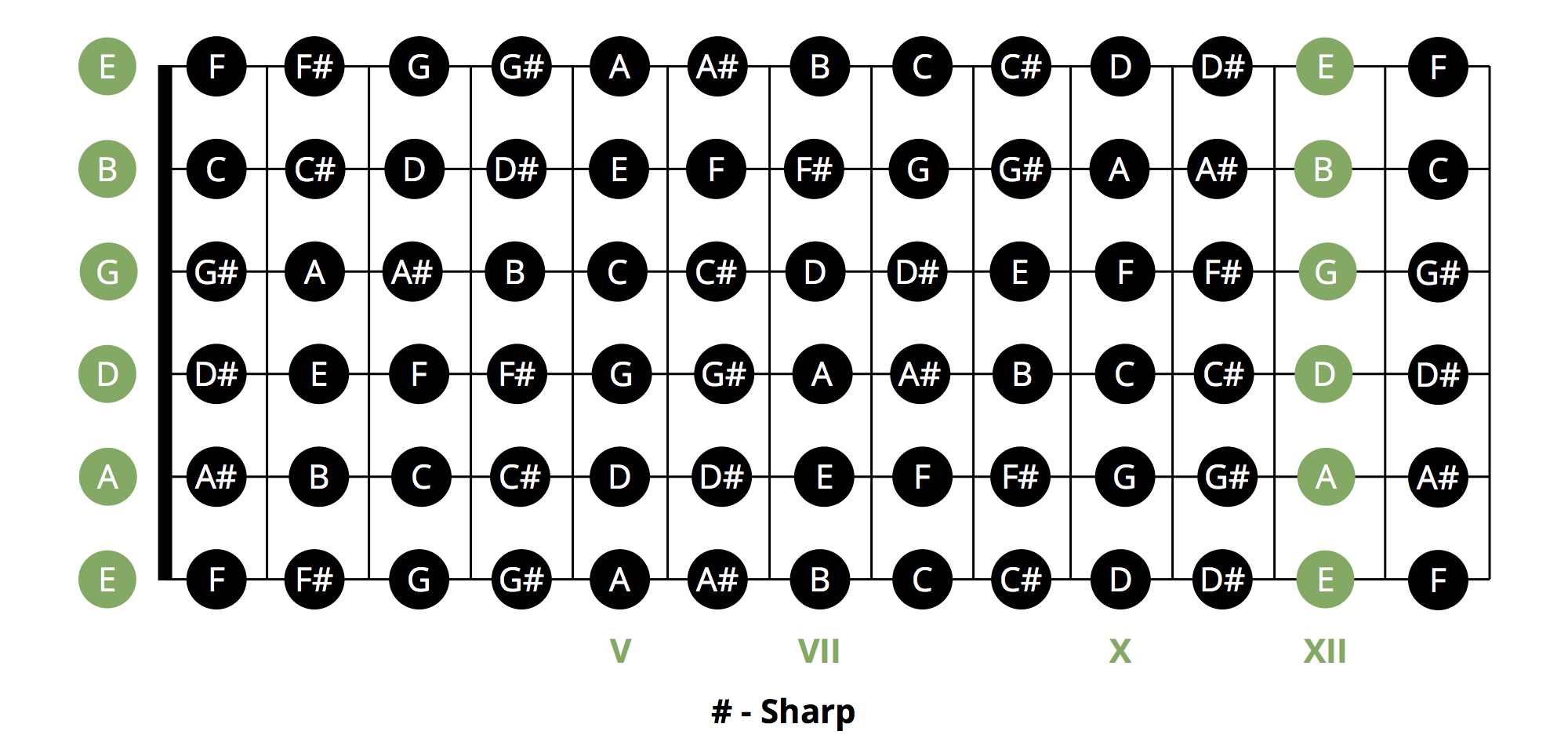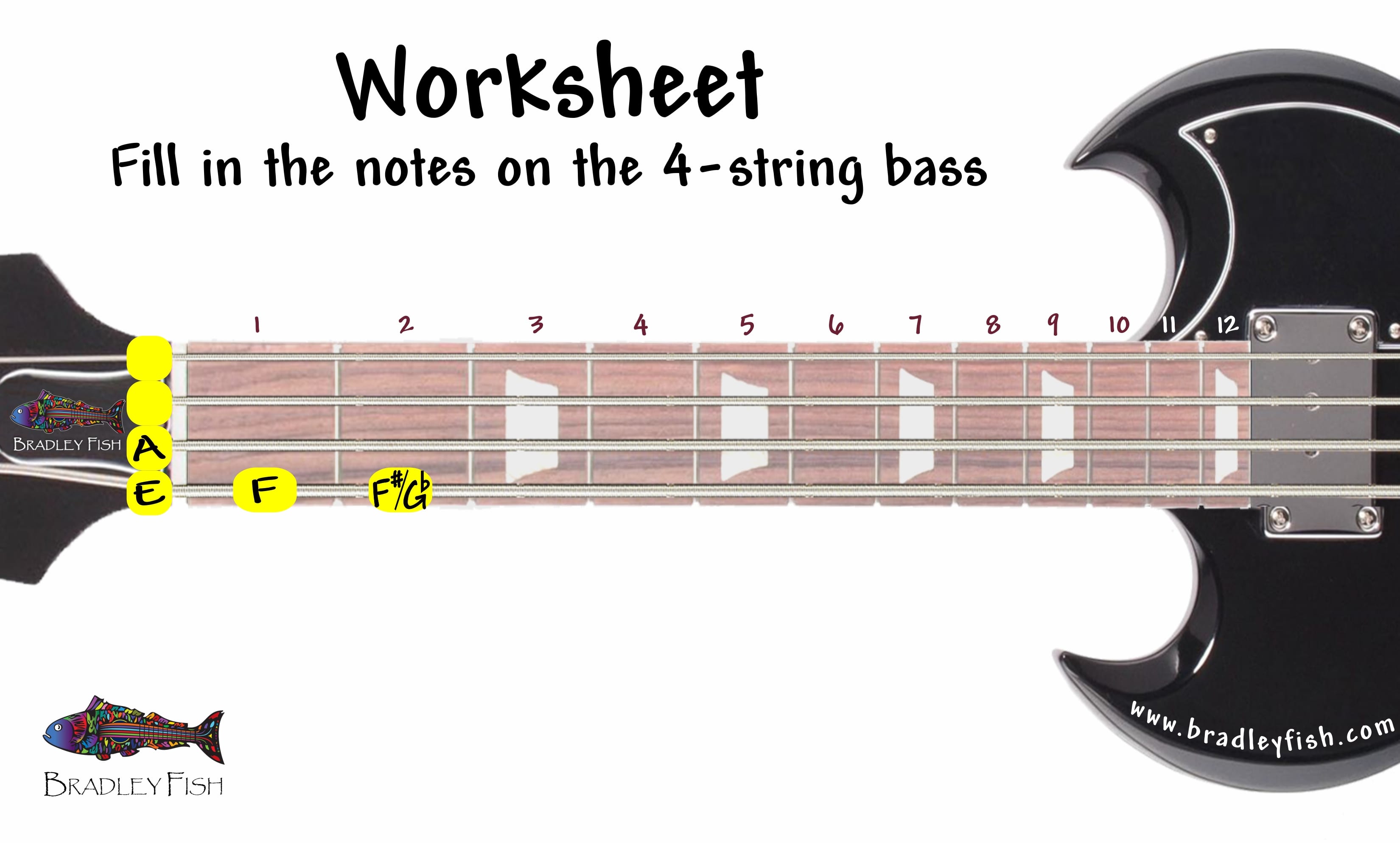

We have a great selection of digital tuners here at London Guitar Studio which you can see by clicking here.Įach tuner will be slightly different but they all function in the same way. Digital tuners are inexpensive devices which are easy to use. You may prefer to use a digital tuner to tune your instrument as this will mean you are not relying on your own senses to achieve the desired result. This might all sound a little complicated but you will soon get the hang of it. Play the open string 1 and string 2 while adjusting string 1 until there are no beats between the two notes. Play the open string 2 and string 3 while adjusting string 2 until there are no beats between the two notes. Press string 3 at the fourth fret (note the change to the fourth fret here).

Play the open string 3 and string 4 whilst adjusting string 3 until there are no beats between the two notes. Play the open string 4 and string 5 whilst adjusting string 4 until there are no beats between the two notes Alternatively if you are not comfortable with detecting the beats just play one string after the other adjusting string 6 until it sounds identical to the open string 5. In other words until they sound identical and as if you were playing one note. Play this string and the open A (string 5) and adjust string 6 until there are no beats between the two notes.
#GUITAR STRINGS NOTES HOW TO#
Here's a quick tutorial from on how to use the tuning fork: Clearly any errors in tuning string 5 will be amplified as you progress through the strings and that is the issue with this method of tuning but you can move on to more complex but accurate methods once you are more experienced. You will then tune each of the other strings by using the previous one as the reference. Play string 5 open and adjust the tuning peg until the sound of the string is the same as the sound of the tuning fork. To begin tuning simply strike your tuning fork on a hard surface, place the extremity (not the fork) against the body of the guitar which will resonate the sound. You will need a tuning fork with this pitch and be careful because not all tuning forks are A440! This is the pitch that should be sounded by a correctly tuned High E string (string 1) when depressed at the fifth fret and also by the open A string (string 5).

This should be a note which is universally agreed upon and the ideal choice is "A440". To correctly tune your instrument you must begin with a reference pitch. It is a good idea to play a few notes to teach your ear to pick up this phenomenon. As one string is tuned to the other the beat will slow and eventually disappear and then the string is in tune. The larger the discrepancy between the two notes the faster the beat. If two notes played together are exactly the same it is hard to tell that it isn't just one note but notes that vary in pitch played together will produce a beat. A beat is a fluctuation in volume which has a wobbling sound. These are not beats as in rhythm, but rather what happens when two notes that are only slightly different from each other are played at the same time. The length of the vibrating portion of the string is adjusted by using the fingers (usually of the left hand) to hold down the string until it is in contact with a fret.īefore tuning your guitar by ear it is essential to understand the phenomenon of "beats". The higher the tension, the higher the pitch. The tension is adjusted by turning the tuning pegs on the head. The pitch is determined by the tension of the string which is created between the two points at which it is attached to the instrument and the length of the vibrating portion of the string. In tuning your guitar you are attempting to adjust each string to the correct pitch (frequency of sound). If you have difficulty in remembering the notes then recite the following mnemonic: With a standard set-up the notes the open strings will play are as follows:

When you are holding the guitar as if to play it string one is the lowest and string 6 is the highest on the instrument. By open we mean that the string is not held down at any point on a fret. This thickness or diameter dictates the note that the open string will play. The BasicsĮach of the six strings of your guitar are a different thickness with string 6 being the thickest and string 1 the thinnest. In this guide we will explain the standard methods for tuning 6 string classical guitars by ear and by using a digital tuner. How to Tune a Classical Guitar A Short Guide to Tuning a Classical Guitar - London Guitar Studio


 0 kommentar(er)
0 kommentar(er)
